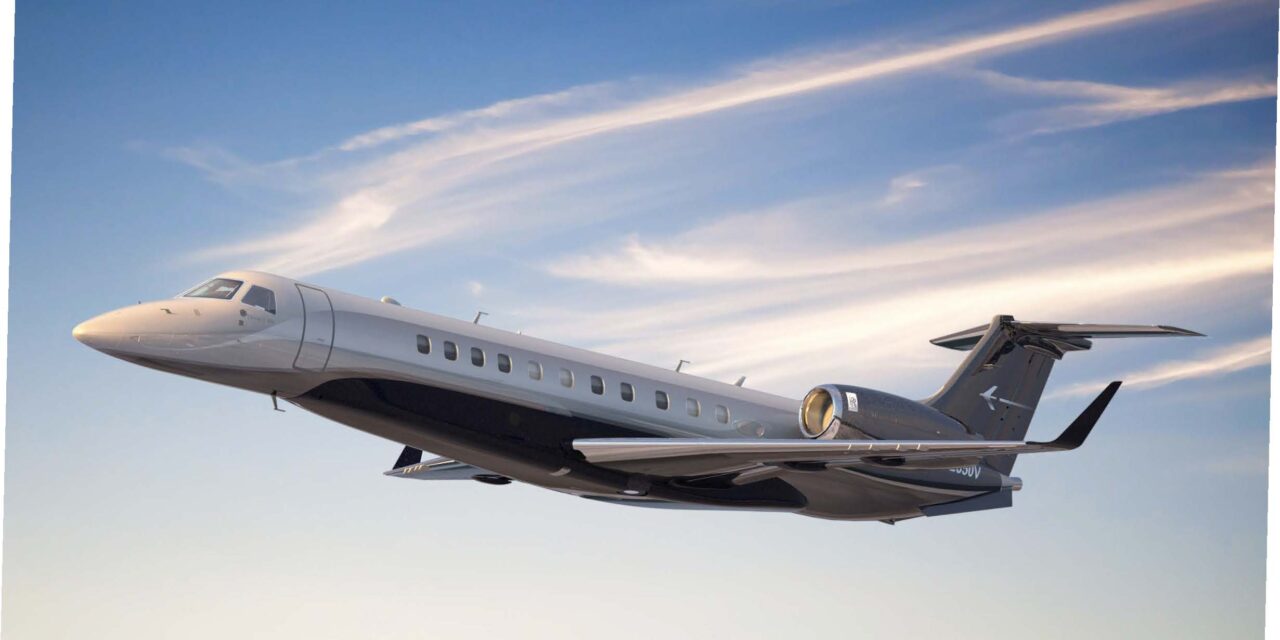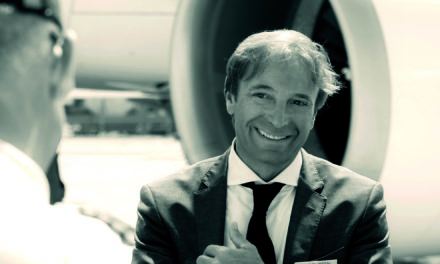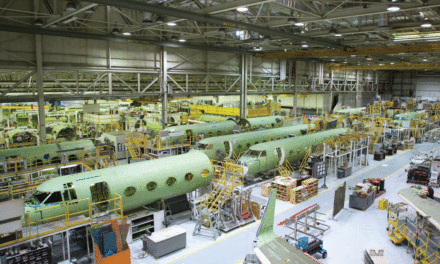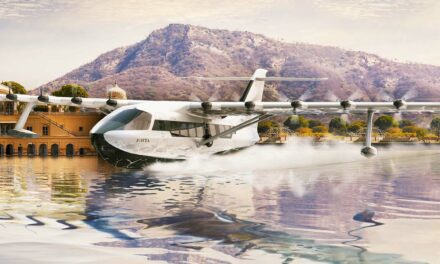By Tim Huppler
In December of 2023, Tufan Erginbilgic, the Turkish-born CEO of Rolls-Royce Plc, with a background in Engineering, announced, “Becoming the first jet engine manufacturer to publicly confirm all our in-production engines for long-haul aircraft and business jets are compatible with 100% Sustainable Aviation Fuel (SAF), is an important milestone for both Rolls-Royce and the wider aviation industry. It’s also further evidence of our commitment to becoming a net zero company by 2050 and supporting our customers to do the same.»
This is just one of several initiatives by the storied company in its drive towards reducing the carbon footprint of business jet flying. For the uninitiated SAF is aviation fuel that uses biological waste products to drastically lower the overall carbon emissions during the manufacturing process. Rolls-Royce achieved the first run of its advanced technology demonstrator, the UltraFan in 2023, when Erginbilgic said, «Hitting full power with our UltraFan demonstrator sends a strong message that Rolls-Royce is at the cutting-edge of innovation and technology, leading the way in the transition to more efficient and sustainable aviation. This fantastic milestone puts us in a strong position to support the plans of our customers as they develop the next generation of super-efficient aircraft.»
Although the UltraFan is predominantly aimed at the large commercial aircraft segment, elements of the technology will be applied to smaller engines, including those powering business jet a ircraft. A name long synonymous with luxury and quality, Rolls-Royce has moved from cranes, through to automobiles and onto aero engines. Rolls-Royce produced the famous Merlin piston engine for the iconic Spitfire fighter. Splitting completely from the automotive division in 1971 Rolls-Royce now focuses on power solutions. Today, it is one of the best-known brands globally.
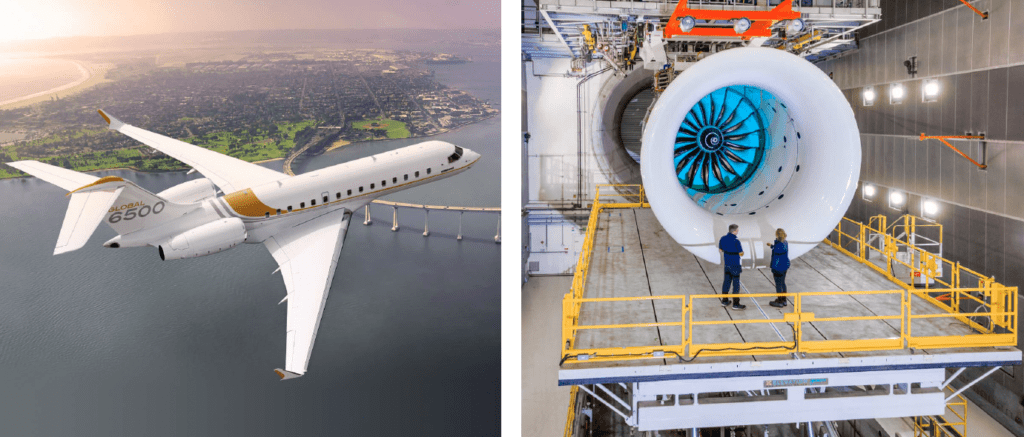
Propelling BizAv aircraft
The Rolls-Royce product range now includes engines propelling business aviation aircraft. The Tay engine has powered the Gulfstream GIV since 1987, and also powers the Gulfstream G350/G450 series. Embraer selected the Rolls Royce AE 3007A as its powerplant for its Embraer Legacy 600 and 650 airframes, and the AE 3007C started life on the Cessna Citation X. Rolls-Royce teamed with a luxury car brand BMW in the early nineties to design and develop the BR700 series of jet engines targeted at the luxurious, ultra-long-range aircraft and can be found on the Gulfstream GV, G650 as well as the Bombar dier Global Express. The world of business aviation was now Rolls Royce’s oyster, and fittingly, it built on the success of the BR700 series of engines when introducing the Pearl family in 2018. The Pearl series of engines incorporates the latest technology from their Advance2 engine core advanced program, and powers the Bombardier Global 5500 and 6500, the Gulfstream G700 and the Dassault 10X, which is due to enter service in 2025.
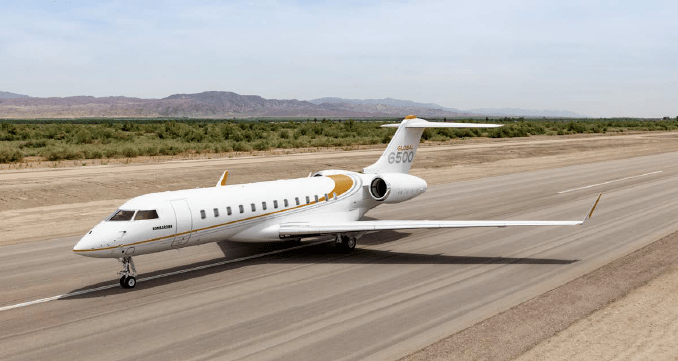
Customer support
On the customer support front, Rolls-Royce is not sitting still. Andy Robinson, SVP Customers & Services, Rolls-Royce, says, «We have established Rolls-Royce as the leading engine supplier in business aviation, and our customers trust us to deliver outstanding in-service support around the globe. Today, our services team is looking after a fleet of more than 4,000 Rolls-Royce powered business aircraft in service and wherever our customers are in the world, we are close by.» Indeed, Rolls-Royce has recently added a 10,000 sq.ft. Aircraft On Ground (AOG) support site in New York and boasts 85 authorized service centres around the world. With such an extensive array of business jet engines and a keen eye on the future, Rolls-Royce will continue to be with us for a long time to come.

